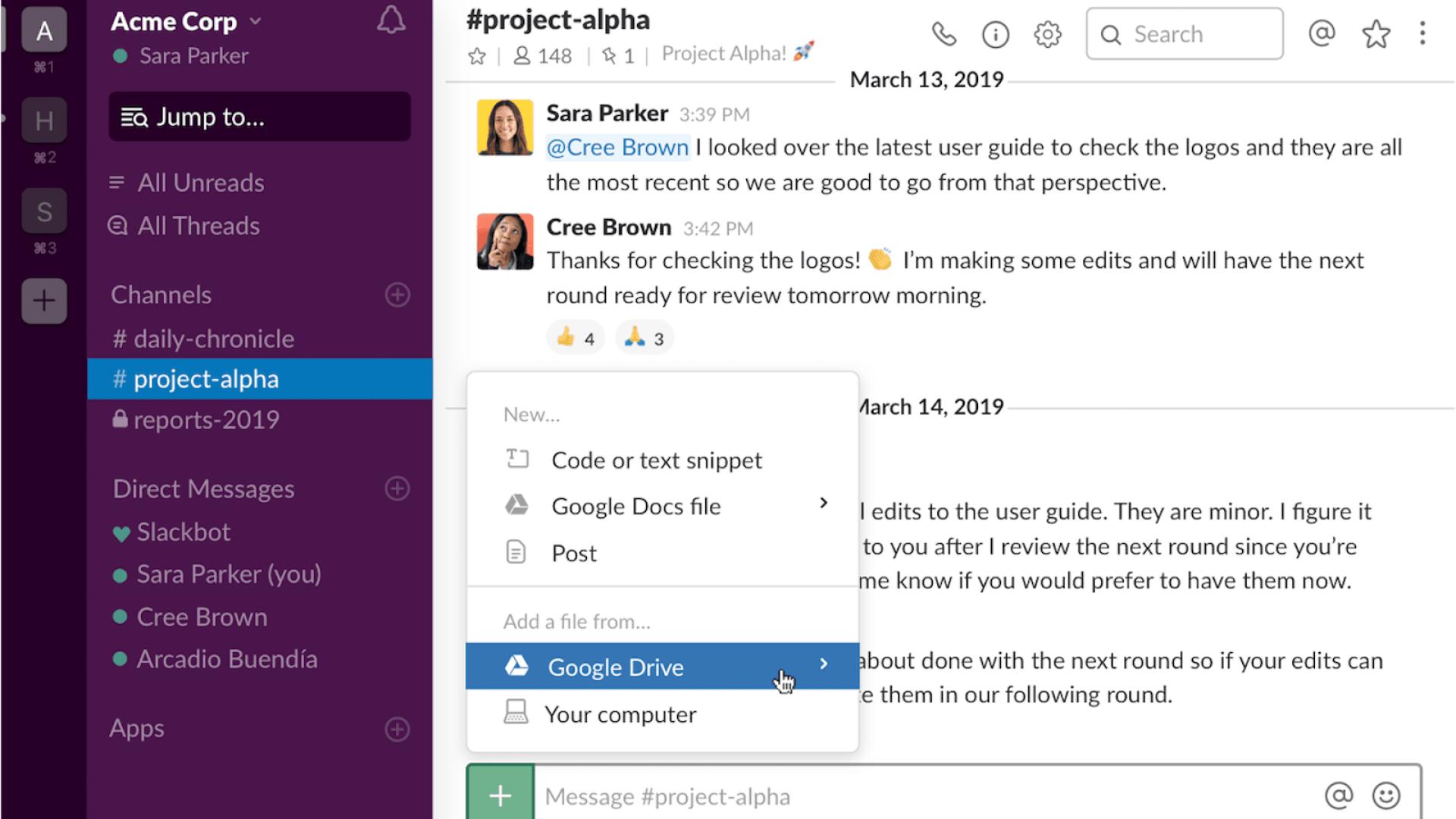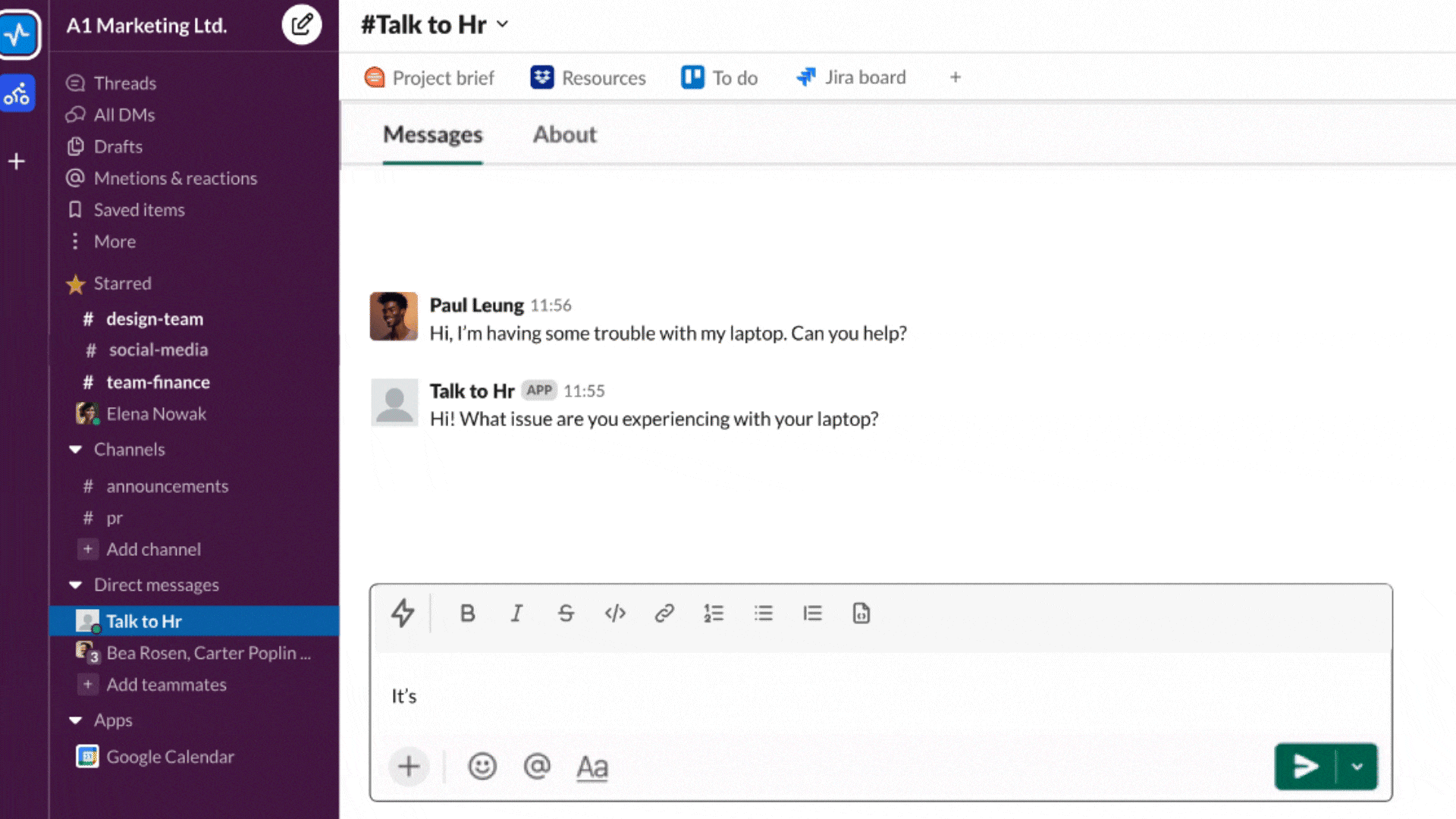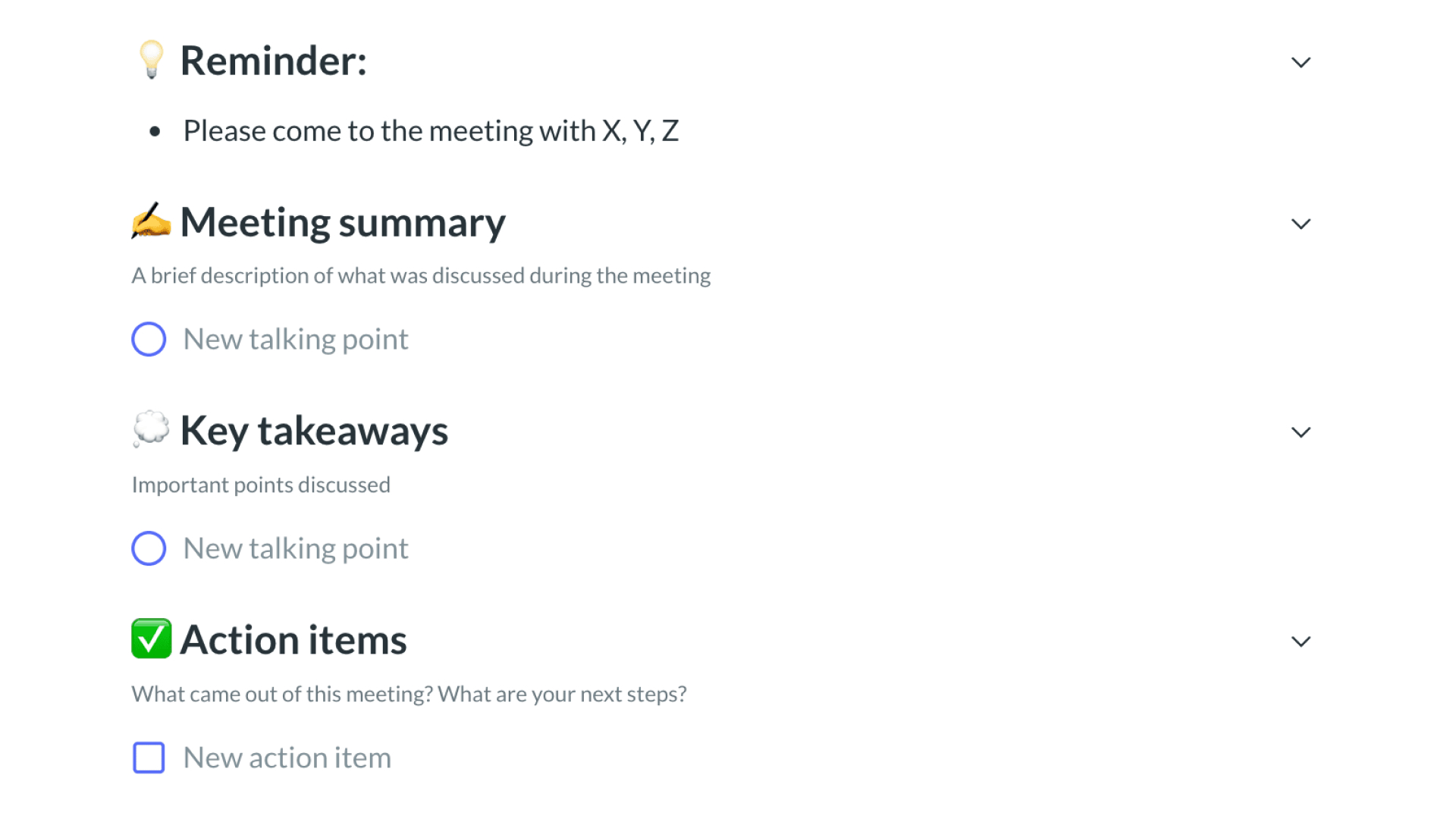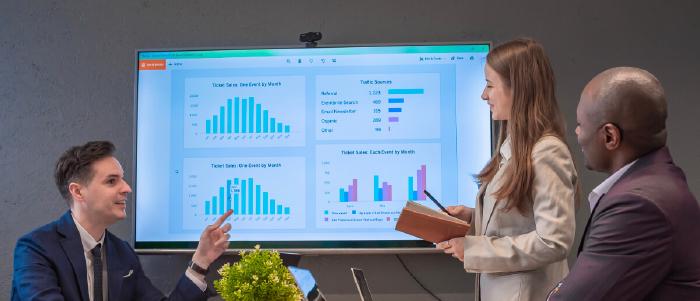
Dec 4 2024
7 min read

Companies spend millions on team-building initiatives because engaged employees equal higher productivity.
Thats why Steve Jobs used to conduct walking meetings during his time at Apple; and 3M lets employees use 15% of their time to pursue ideas outside work.
The approaches are different, but the goal is the same: improve internal communication.
What happens when information gets siloed, misunderstood, or worse…never communicated at all? According to Grammarly, this communication breakdown could cost an average of $12,506 per employee — every single year.
The following strategies can help bridge this gap:
Important information often slips through the cracks because employees are bombarded with emails, messages and other notifications.
To solve for this, establish clear communication channels that categorize information according to need and importance. You can use a mix of tools here:
Instant messaging platformes like Twist, Slack and Ryver are great for quick exchanges and follow-ups.
Email is the go-to method for formal communication and detailed information sharing.
Video conferencing improves face-to-face connection and lets you record meetings
Project management tools like ClickUp, Coda and Notion ensure everyone’s aligned on tasks and deadlines.
Consider integrating these tools to avoid creating new information silos. This way, you can create a central hub where information from different channels comes together.
For example, Slack can integrate with all your Google workspace apps so you can get notifications from your calendar and important documents from your drive without switching platforms.

Not using AI for internal comms is like leaving money on the table. Especially with 67% of employees saying Gen AI tools help them communicate more effectively at work
“AI tools have been a game-changer for my internal communication strategy. We can generate content and messages much faster now.” observes Amit Raj, Founder and CEO of The Links Guy. “Quality checks are still essential,” he adds, “a quick double-check ensures everything goes out polished.
But AI’s use case extends well beyond content creation. You can use chatbots like Thinkstack.ai to answer questions on HR or IT policies in seconds. This means employees don’t have to wait days to hear back after submitting ticket

Accenture is a textbook case for how AI can transform internal communication. Their chatbot, DiPa, became an instant success — fielding over 2 million employee inquiries in its first year alone.
Remote work is on the rise, and companies need to adapt to this new normal. Create a company-wide document outlining your expectations for asynchronous communication.
Include the company’s preferred communication channels for different types of messages. For example, Google Docs for brainstorming and Asana for project updates. You can also add response timeframes, and best practices for message structure and clarity.
“We encourage employees to share comprehensive updates with their teams before logging off,” says Jared Brown, CEO of Hubstaff.
He explains, “This helps others pick up where they left off — like a relay race. It also reduces delays and the frustration of waiting for answers, while respecting everyone’s work-life balance,“Scheduling meetings across time zones is another key problem remote teams face. Creating a post-meeting document can help here. This ensures all employees are on the same page.
Encourage team members to capture key takeaways, decisions, and action items in a shared platform like project management software or an internal wiki. Something like this:

A corporate wiki is a huge central database of company-related information. It includes how-to guides, business process documentation, checklists, policies and project info. Instead of spending hours searching for information, employees can find everything they need to know in the internal wiki. By simply clicking a button.
Use tools like Nuclino or Confluence to create a wiki that everyone on your team can use.
All work and no play leads to uninspired employees. And no orgaizations wants that. Here are a few tips to help keep your workforce engaged and thriving:
Invest in face time Plan regular team lunches or after-work gatherings. Our team at Pickcel makes it a point to organize barbeque parties and regular outings to build rapport among employees. You can also conduct virtual team-building activities and get-togethers for remote teams.
Celebrate wins Publicly recognize team and individual achievements, no matter how big or small.
Encourage coffee breaks Short breaks are a simple and easy way to build camaraderie. Make sure your team knows that it’s okay to spontaneously gather and chat.
Rearrange the office Open layouts promote interaction and collaboration. Consider rearranging the office space to reduce the use of cubicles.
You can also create channels for informal communication. It’s a great way for team members to connect over shared hobbies or interests.
However, as Nikola Vujic, Marketing Director at Veza Digital, points out, “Over-messaging can overload people. So, we try keeping our channels organized and on-topic.”
By encouraging employees to freely approach managers and executives with their concerns, ideas, and feedback, you create a more transparent and collaborative environment.
Take time to meet with team members as often as possible. Invite them to group discussions about projects, tasks, and company goals.
“Open and consistent communication within an organization builds an environment of trust and growth,” says John Pennypacker, VP of Sales & Marketing at Deep Cognition. “It encourages honest conversations, helps address and learn from mistakes, and fosters inclusivity”
If you’re working remotely or in a hybrid office, your open-door policy will look a little different. Schedule regular check-ins, both individual and team-based. This creates a continuous feedback loop, so everyone is on the same page and issues are resolved at the earliest.
A ‘stay interview’ is when a manager talks one-on-one with team members. The goal here is to understand what keeps employees satisfied and what challenges they face. Use tools like Fellow to streamline the meetings, get quick summaries and assign action items.
Feeling informed and valued is a key driver of employee engagement. Unfortunately, only 18% of employees believe leaders help them see how changes made today will affect their organization.
That’s why all-hands meetings are important. They give leaders a platform to share company goals and progress. This fosters a shared sense of purpose and keeps everyone rowing in the same direction.
Pro tip: Incorporate Q&A segments so employees can ask questions, voice concerns, and offer suggestions. This way, everyone feels heard and valued.
Don’t shy away from discussing setbacks. Openly address sensitive topics like financial situations or lost opportunities. By being fully transparent, leaders can build trust and avoid situations that may damage team morale.
By creating clear communication channels, encouraging open dialogue, and using the right tools, you can empower your team and help them perform at their best.
The result? An engaged workforce and a thriving organization.
But remember that internal communication isn’t a one-size-fits-all approach. The ideal mix of tools and strategies will depend on your company culture, size, and industry. It’s an ongoing process of finding what works best.
At Pickcel, we believe in empowering teams to connect and collaborate. If you’d like to explore our communication solutions, reach out to us for a free consultation.

Dec 4 2024
7 min read

Nov 20 2024
8 min read

Nov 8 2024
6 min read

Nov 5 2024
5 min read
Take complete control of what you show on your digital signage & how you show it.
Start Free Trial Schedule My DemoSee How to Boost Sales & Branding with Digital Signage -40% Less Work, Faster Updates, Better Visibility
Unlock Exclusive Insights